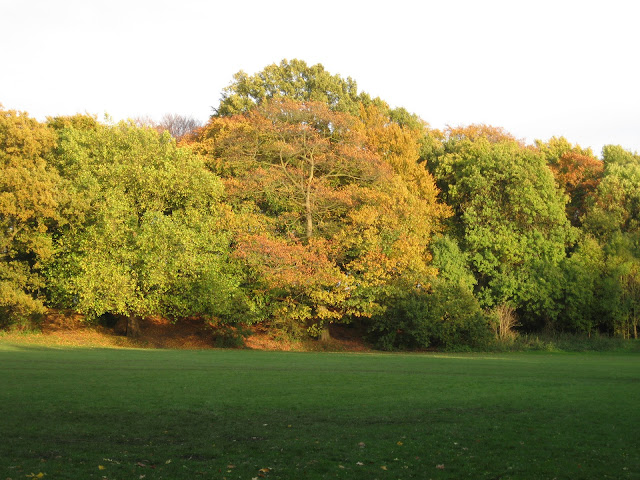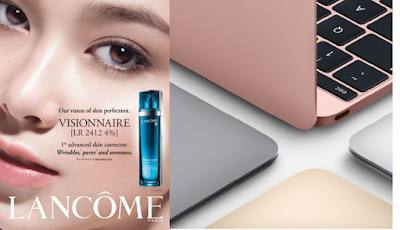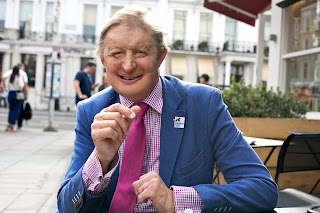How being in nature promotes healthier body image

The idea of nature acting as “tonic” for urban society, with the potential to promote physical health and well-being has a long history [1]. In the early modern period, for example, greenspaces – such as the Place Royal (now Vosges) in Paris and the royal parks of Greenwich, St. James, Hyde, and Richmond in London – were opened to the public as a way of providing social and physical rejuvenation for town-dwellers. By the mid-nineteenth century, as many of Europe’s cities became overcrowded – in London, it was estimated that one in every four tenement flats was overcrowded in 1848 – open spaces and greenery became all-purpose medicines to cure a range of illnesses [2]. In the early part of the twentieth century, these ideas were taken up by the garden city movement, who viewed nature as the most direct way of reducing the health problems associated with urban overcrowding. Writing in Garden Cities of Tomorrow , Ebenezer Howard launched his vision for a series of ideal towns [3]: sel

